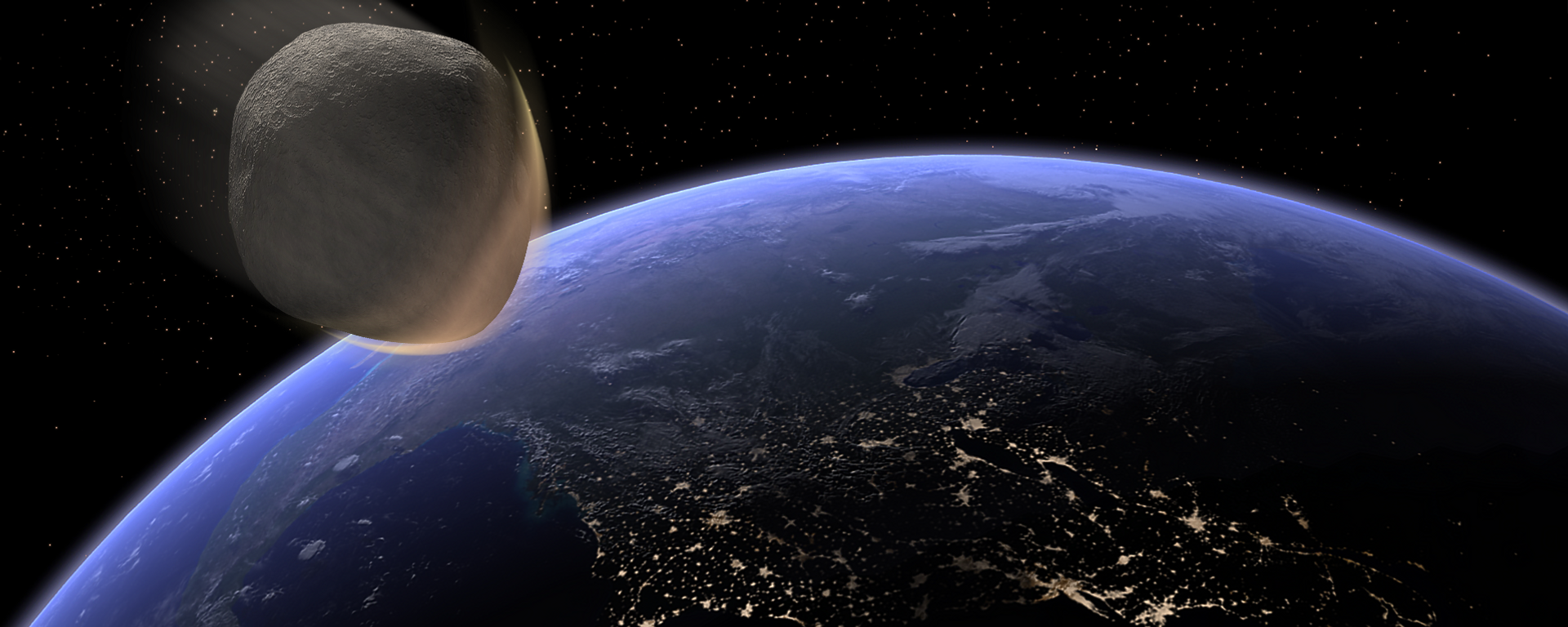An international group of scientists led by the University of Kent have spotted evidence of the fall of a small asteroid in Antarctica 430,000 years ago, with the results of their study published in Science Advances.
Judging by the particles the researchers found on the summit of the mountain Walnumfjellet in Queen Maud Land, they have come to believe that a celestial body of its size – at least 100 metres in diameter – may turn out to be lethal for millions of people should one crash in a populated location.
Lead author Dr Matthias van Ginneken from the University of Kent said: "While touchdown events may not threaten human activity if occurring over Antarctica, if they were to take place above a densely populated area, they would result in millions of casualties and severe damages over distances of up to hundreds of kilometres".
The said asteroid, for instance, caused an explosion, akin to the Tunguska and Chelyabinsk events over Russia in 1908 and 2013 respectively. The burst released huge masses of both melted and vaporised meteoritic material that gradually settled all over the Antarctic ice sheet.
"Although we can be pretty sure our ancestors didn't witness this explosion, it would surely have scared a lot of penguins. The explosion of asteroids or comets only a few tens of metres in size, at low altitude, can be like nuclear blasts, with energies measured in megatonnes", explained study co-author Dr Matthew Genge from Imperial College London's Department of Earth Science and Engineering.
He said the "smoking gun is in the dust", adding that the oxygen present in the particles points to the intense heat generated by the explosion enough to turn frigid ice into super-heated steam, which is why it is stunning that such a tremendous event left so few (comparatively) traces.
He noted that despite being rare, such events – "disasters waiting to happen" - are more common than those that lead to the formation of craters, and are the most challenging to detect, due to scarcity of evidence of such events and difficulties in identifying impact particles.


